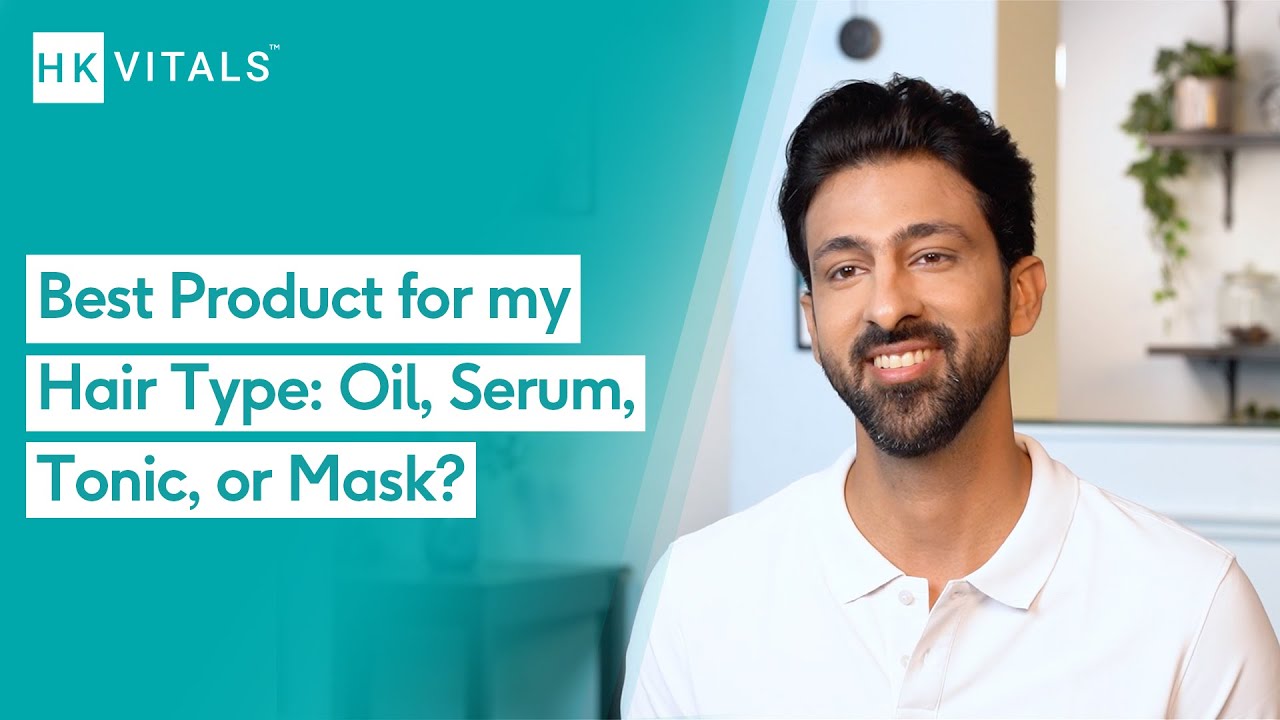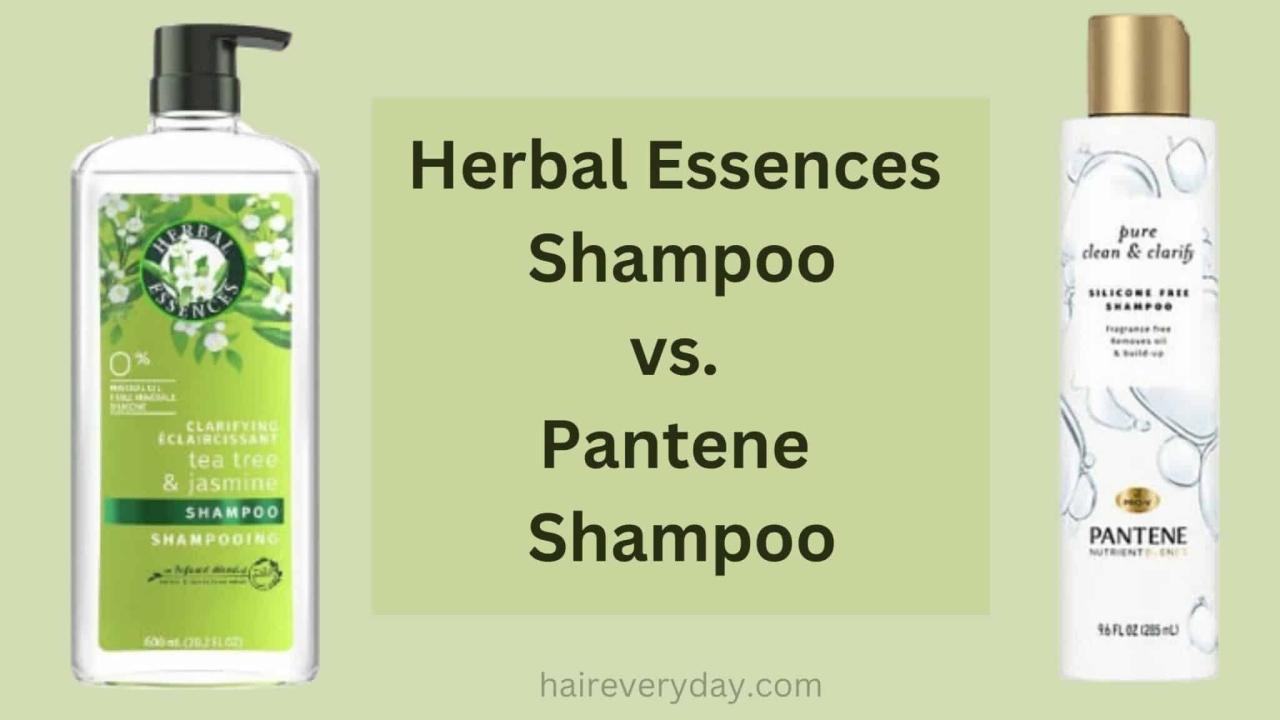Hair oil vs hair essence: which is better for my hair type? Ah, the age-old question that plagues even the most seasoned haircare aficionados! Is it a battle of the oils, a clash of the essences, or a harmonious blend of both? Prepare yourself for a thrilling hair-raising journey (pun intended!) as we delve into the fascinating world of hair products, uncovering the secrets to luscious locks.
We’ll unravel the mysteries of ingredients, application techniques, and the perfect match for your unique hair type – because let’s face it, one size doesn’t fit all when it comes to hair.
This isn’t just another dry comparison; we’re going to explore the delightful differences between hair oils and essences, examining their textures, purposes, and the magical ways they interact with your hair’s porosity. We’ll navigate the treacherous waters of fine versus thick hair, dry versus oily, and even conquer the frizz monster once and for all. Get ready to unleash your inner hair stylist – your hair’s happily ever after awaits!
Hair Oil vs. Hair Essence: The Ultimate Showdown
The quest for luscious locks often leads us down the aisle of hair products, where we’re confronted with a bewildering array of choices. Two contenders frequently vying for a spot in our haircare routines are hair oils and hair essences. While both promise to improve hair health and appearance, understanding their differences is crucial for choosing the right product for your unique hair type and needs.
This deep dive will equip you with the knowledge to conquer the oil versus essence dilemma once and for all.
Understanding Hair Oil and Hair Essence
Hair oils and hair essences, while both beneficial for hair, differ significantly in their composition, texture, and primary functions. Think of hair oil as the hearty, moisturizing steak dinner, while hair essence is the light, refreshing salad. Both are nutritious, but serve different purposes.
Key Ingredients: Hair oils typically consist of natural oils like argan, coconut, or jojoba, rich in fatty acids and vitamins. Hair essences, on the other hand, often contain a blend of silicones, proteins, humectants, and sometimes even oils in smaller concentrations, creating a lighter, less greasy feel.
Texture and Consistency: Hair oils are generally thicker and more viscous, with a noticeable oily texture. Hair essences, conversely, are lighter, often having a watery or serum-like consistency that absorbs quickly.
Primary Purposes: Hair oils primarily focus on deep conditioning and moisturizing, repairing damage, and adding shine. Hair essences are more versatile, offering benefits like detangling, heat protection, smoothing frizz, and enhancing shine with a lighter touch.
Hair Type Considerations
The effectiveness of hair oil and hair essence varies significantly depending on your hair type and porosity. Porosity refers to how well your hair cuticle absorbs and retains moisture. Understanding your hair porosity is key to choosing the right product.
| Hair Porosity | Hair Oil Absorption | Hair Essence Absorption | Recommended Product |
|---|---|---|---|
| Low | Slow, may lead to buildup | Good | Lightweight hair essence |
| Medium | Moderate | Good | Hair oil or essence, depending on preference |
| High | Good | Good | Hair oil or essence, depending on preference |
| Very High | Fast, may require more frequent application | Good | Hair oil or a richer essence |
Generally, dry, damaged, or coarse hair benefits more from the deep conditioning power of hair oils. Fine, oily, or frizz-prone hair may find hair essences to be a better choice, preventing that weighed-down feeling.
Application Methods and Frequency

Applying hair oil and essence correctly maximizes their benefits. For oils, start with a small amount and work it through your hair from ends to roots, avoiding the scalp for oily hair types. For essences, apply to damp hair, focusing on the mid-lengths and ends for detangling and frizz control.
Frequency depends on hair type and condition. Dry hair might benefit from weekly deep oil treatments, while oily hair might only need an essence a couple of times a week. Experiment to find what works best for you.
Potential Benefits and Drawbacks, Hair oil vs hair essence: which is better for my hair type
Both hair oils and essences offer unique advantages and disadvantages. Hair oils provide intense moisture, repair damage, and boost shine, but can weigh down fine hair or cause buildup if overused. Hair essences offer a lighter touch, smoothing frizz, adding shine, and providing heat protection, but some formulations containing alcohol might dry out hair if used excessively.
Ingredient Analysis: Focus on Specific Ingredients
Understanding the key ingredients in hair oils and essences helps you make informed choices. Let’s delve into some common examples:
Common Hair Oil Ingredients:
- Argan Oil: Rich in Vitamin E and fatty acids, excellent for moisturizing and repairing damaged hair.
- Coconut Oil: Provides intense moisture and shine, but can be heavy for some hair types.
- Jojoba Oil: Closely resembles the skin’s natural sebum, making it a great choice for all hair types.
Common Hair Essence Ingredients:
- Silicones: Coat the hair, providing smoothness, shine, and heat protection.
- Proteins: Strengthen and repair damaged hair, improving elasticity.
- Humectants: Attract and retain moisture, keeping hair hydrated.
Product Recommendations Based on Hair Type

Choosing the right product depends heavily on your hair type. For fine hair, a lightweight essence is ideal. For thick, coarse hair, a richer oil or a heavier essence might be necessary. Curly hair might benefit from moisturizing oils to combat dryness, while straight hair might prefer essences for smoothness and shine.
The visual results also vary. Hair oil can leave hair looking glossy and healthy, potentially heavier depending on the oil and hair type. Hair essence typically provides a lighter, smoother, and less oily look, with a subtle shine.
Final Thoughts: Hair Oil Vs Hair Essence: Which Is Better For My Hair Type

So, hair oil or hair essence? The answer, my friend, is blowing in the wind (or rather, gently caressing your perfectly styled hair). It’s not about choosing a winner, but finding the perfect partner for your hair’s unique needs. Whether you’re embracing the rich moisture of an oil or the lightweight finesse of an essence, remember that understanding your hair type and porosity is key to unlocking its full potential.
Now go forth and conquer those bad hair days! May your hair always be as fabulous as you are.
